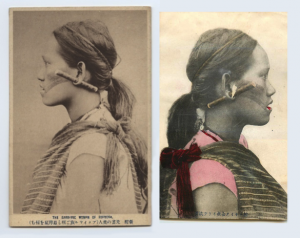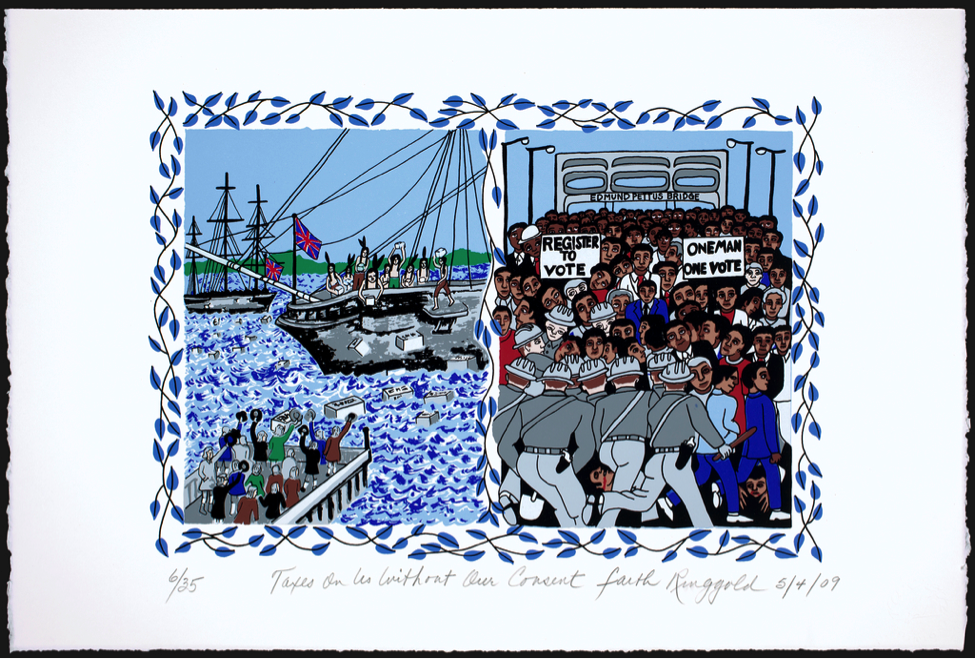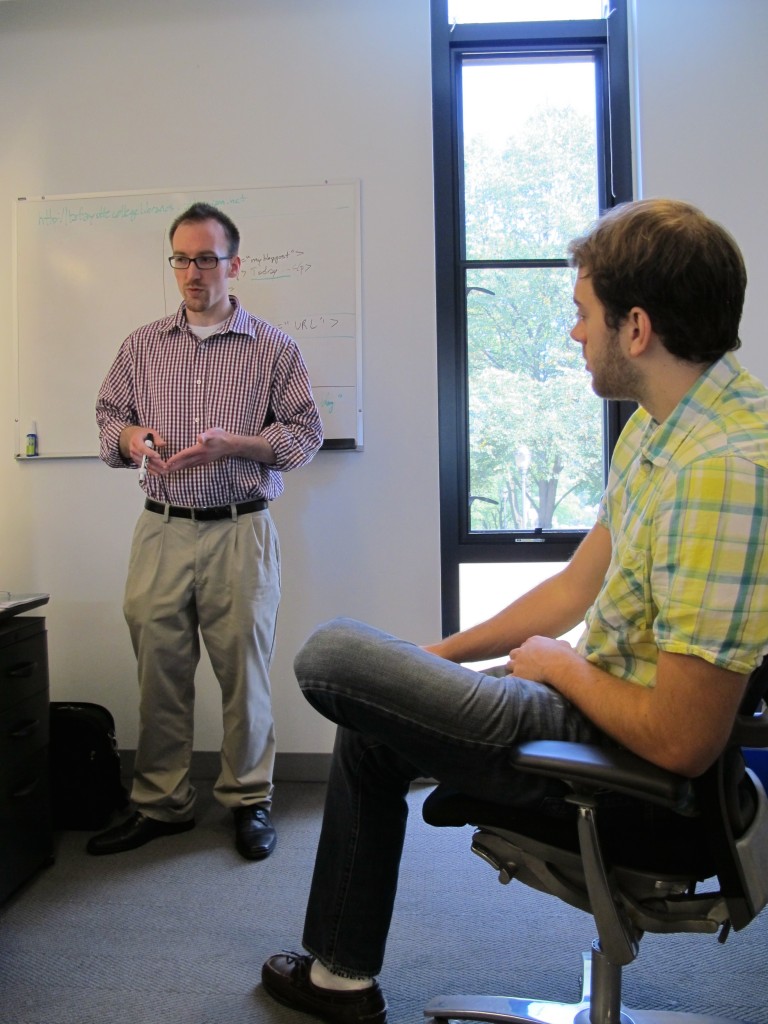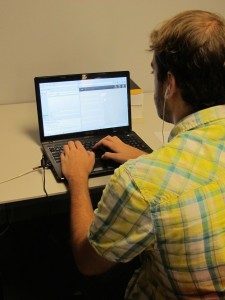Today History Professor Paul Barclay presents his paper “Playing the Race Card in Japanese Governed Taiwan – Anthropometric Photographs as ‘Shape-Shifting Jokers’” at the European Association of Japanese Studies’ International Conference in Ljubljana, Slovenia.
The paper stems from Barclay’s interest in the visual history of the Japanese empire with a particular focus on mass-produced ephemera. As the general editor of the East Asia Image Collection, developed in partnership with Eric Luhrs, Director of the Library’s Digital Scholarship program, Barclay has amassed a collection of over 5,000 digitized items including postcards, stereographic prints, photographs, and several other media types.
His presentation traces the material history of a single photograph. The image, taken by Japanese ethnologist-photographer Mori Ushinosuke, is an anthropometric portrait of a Taiwanese woman, Paazeh Naheh. Barclay argues that the heavy reproduction of Paazeh’s portrait and the shifting contexts of that image, from a lantern slide, to an ethnographic object of study, to a picture postcard, reveal more than the typical concerns of imperialist discourses and racist essentialism often associated with anthropometric materials. Instead, this image functions as a “shape-shifting joker,” refusing a stable symbolic function. Because the portrait appeared in a broad spectrum of venues and was utilized for a range of agendas, some of which ran counter to the imperial narratives about Taiwan and its people, it subverts the possibility for a monolithic interpretation
The conference brings together scholars in Japanese history and culture with the aim of fostering an international exchange of ideas. Barclay will present his work alongside colleagues from both Japan and the United States on the panel “Photography in Twentieth Century Japan: Imaging Self and Other.” The presentation is part of his larger project, a book-length study on the history of Japanese-Taiwan Indigenous Peoples relations from 1873 to 1945.
Barclay’s work illustrates the value of the East Asia Image Collection in opening new avenues of investigation for scholars worldwide. The faceted discovery interface allows users to create virtual image sets of items that meet specific criteria while the ability to identify precise relationships between seemingly disparate items aids in the recognition of patterns of production, imagery, and context, making the EAIC a powerful and innovative resource in the field.
To learn more about Professor Barclay’s work and the EAIC visit the collection at: http://digital.lafayette.edu/collections/eastasia.
Connect with this project on Facebook: http://www.facebook.com/EastAsiaImageCollection
or follow the latest from Professor Barclay on his new EAIC blog: http://sites.lafayette.edu/eastasia/




